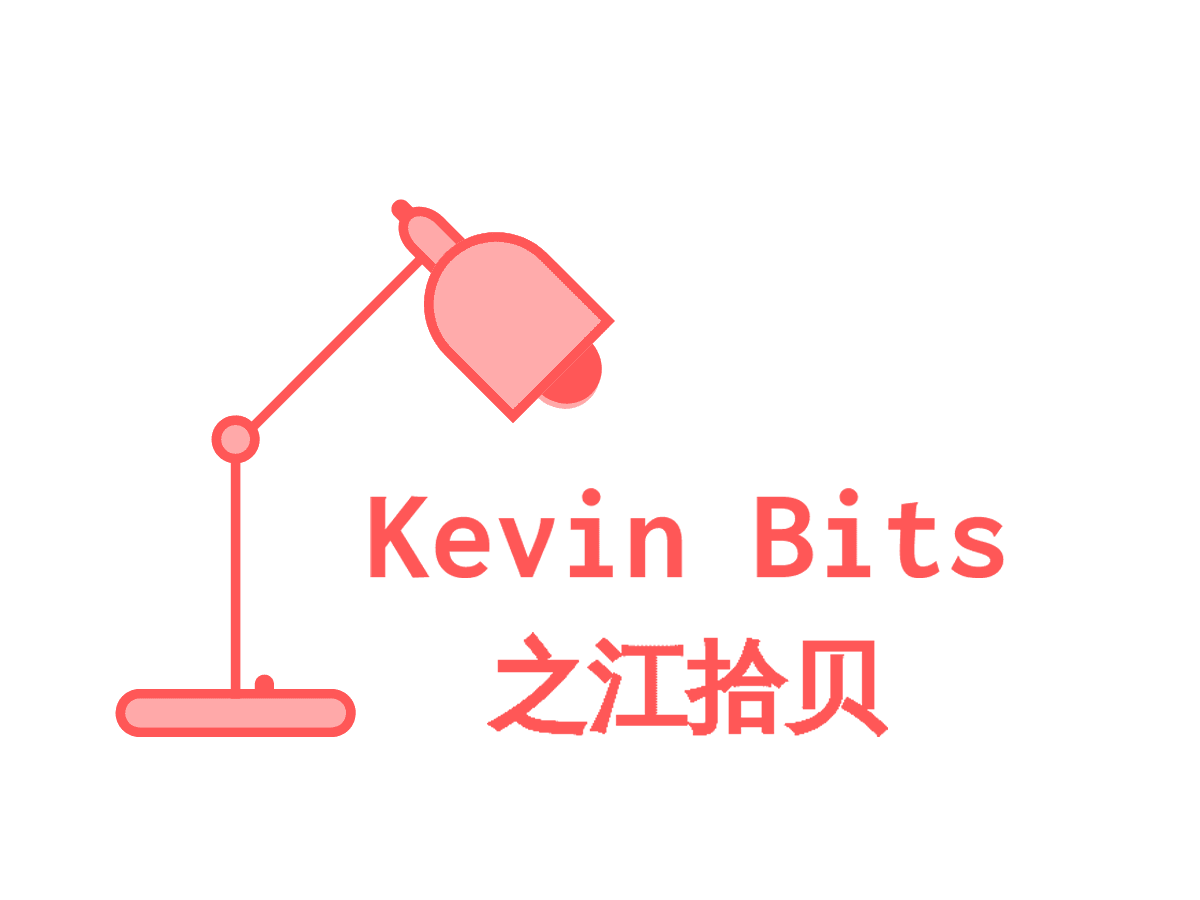The Jackson Hole Economic Symposium is an annual event, sponsored by the Federal Reserve regional bank of Kansas City since 1978. The meeting brings together central bankers, economists, final market participants, academics, government policy makers and news media to discuss monetary policy issues of most concern. Key note speeches by the Fed chair have often signalled critical policy paths.
Amid economic open, inflation concern and lingering COVID spread, people were expecting the Fed to start tapering late this year and hence looking for certainties from chair Powell’s speech last Friday. Prior to the meeting on Friday I told some of my friends that the speech would not be a market move. However there are a few aspects that chair Powell has made clearer in his speech.
First, chair Powell distinguished his own view, in particular on inflation whether being transitory or persistent. “Inflation at these levels is, of cause, a cause of concern. But that concern is tempered by a number of factors that suggest that these elevated readings are likely to prove temporary”.
Second, in assessing whether the condition of “substantial further progress” has met to taper asset purchases. The chair said that “(MY VIEW) is that the ‘substantial further progress’ test has been met for inflation. There has also clear progress toward maximum employment” but the condition will fully meet only by late this year and at the time tapering will start.
Third, and in my view the most important point in the speech is that chair Powell disconnected the timeline of tapering and the timeline to lift off federal funds rate. “The timing and pace of the coming reduction in asset purchases will not be intended to carry a direct signal regarding the timing of interest rate liftoff, for which we have articulated a different and substantially more stringent test.” It should be noted that the chair used “WE” to show that the view is a consensus within the FED.
Economists often say capitalism follows a path of innovative disruptions, or disruptive innovations. If the economic growth between 2007 and 2019 is a mirror for us to look back, we can tell safely from that experience that the US economy will grow in the next decade with minimum recessional interruptions. My base predication is that the US will not engage any major wars, and will focus on rebuild and re-strengthen through structuring four new economic frontiers as I thought would be: digital economy, climate economy, health economy and space economy.
